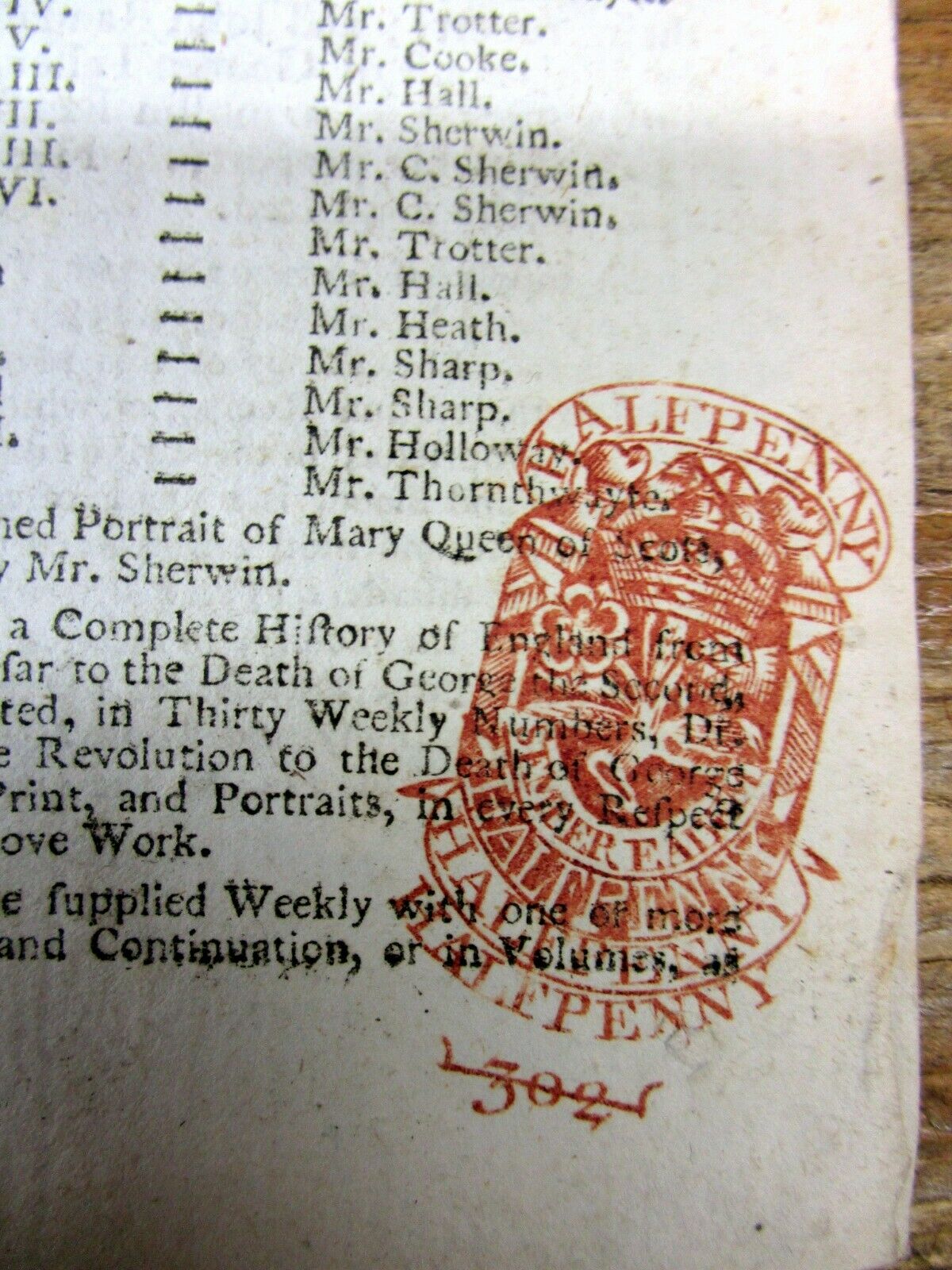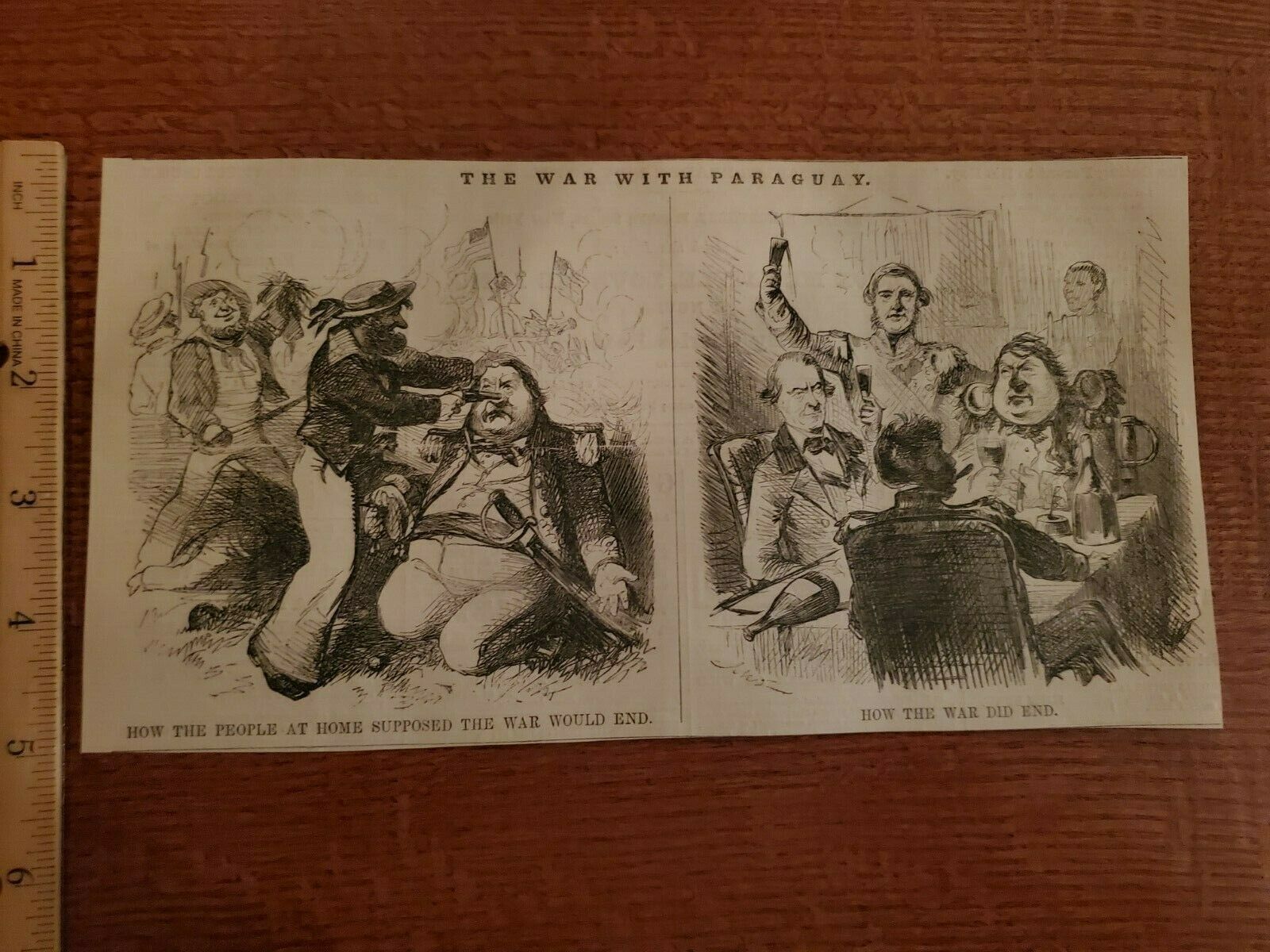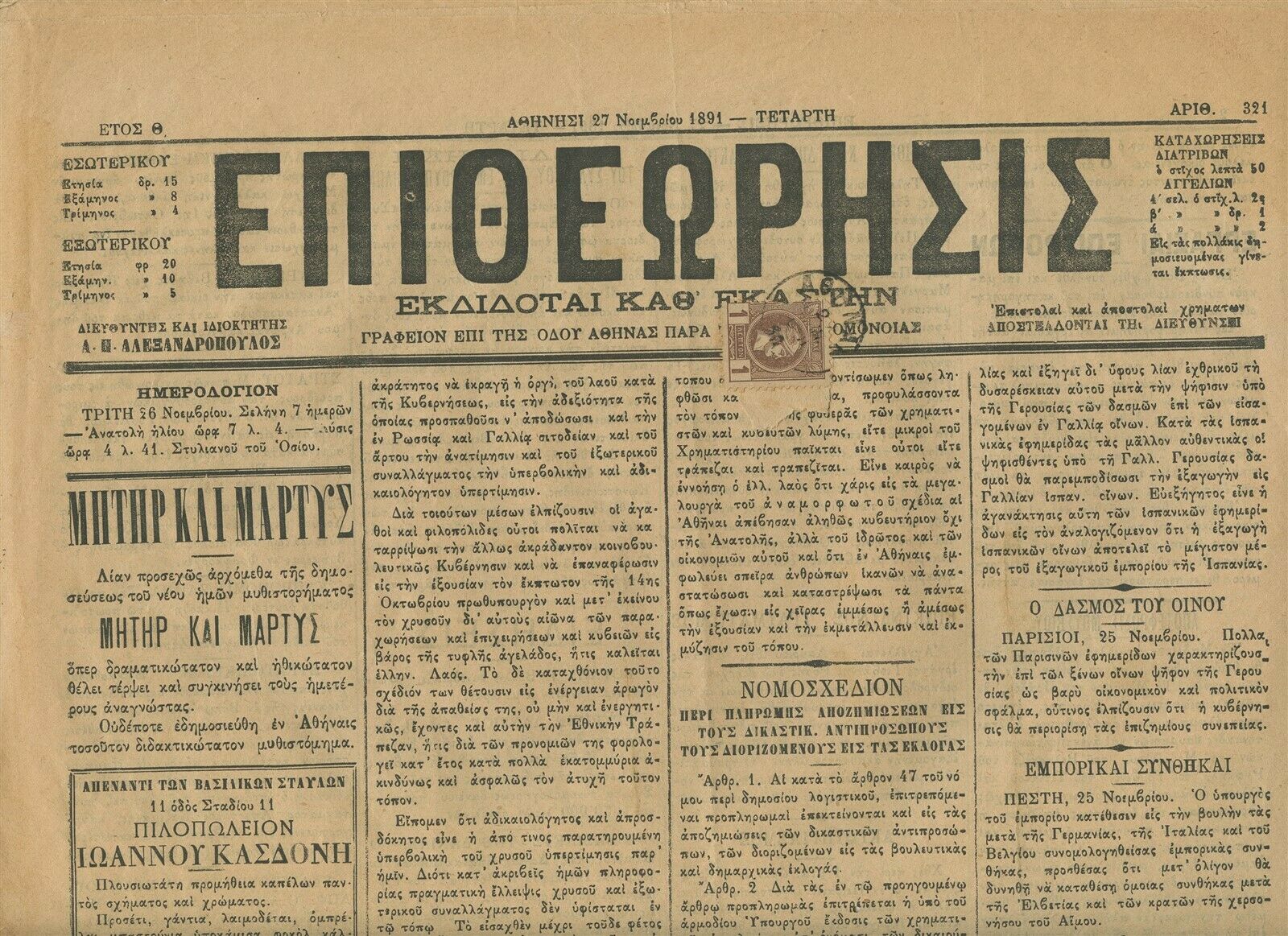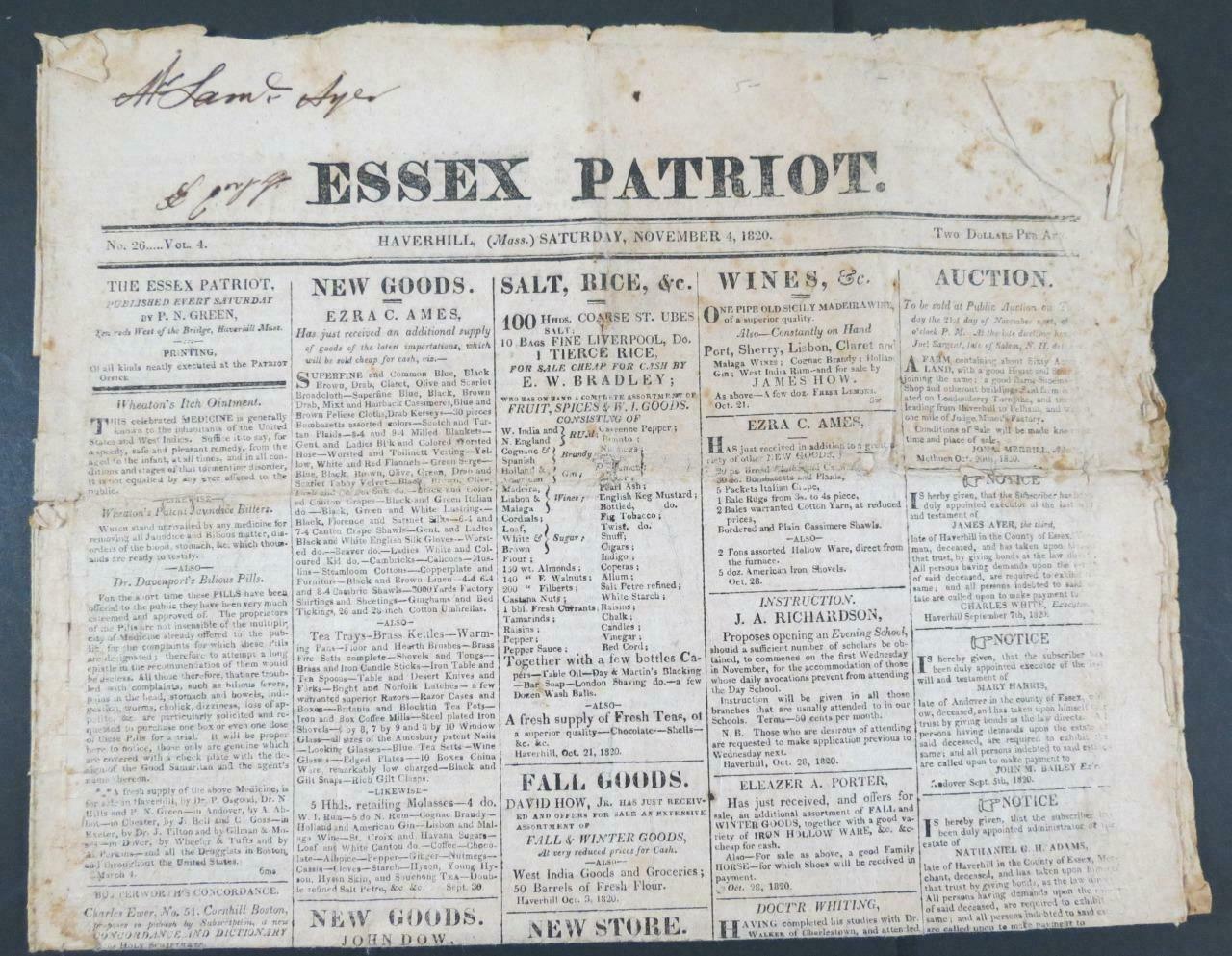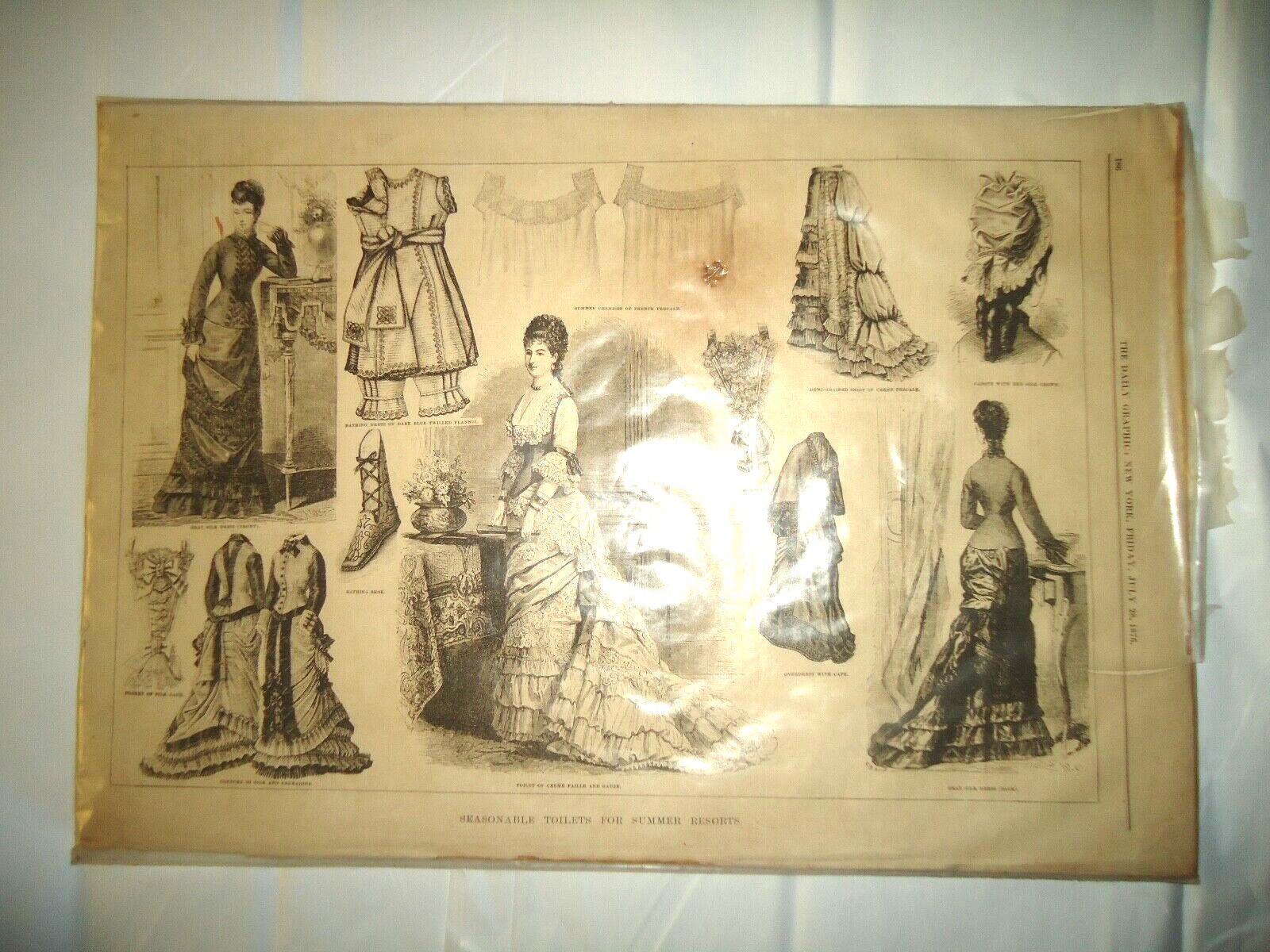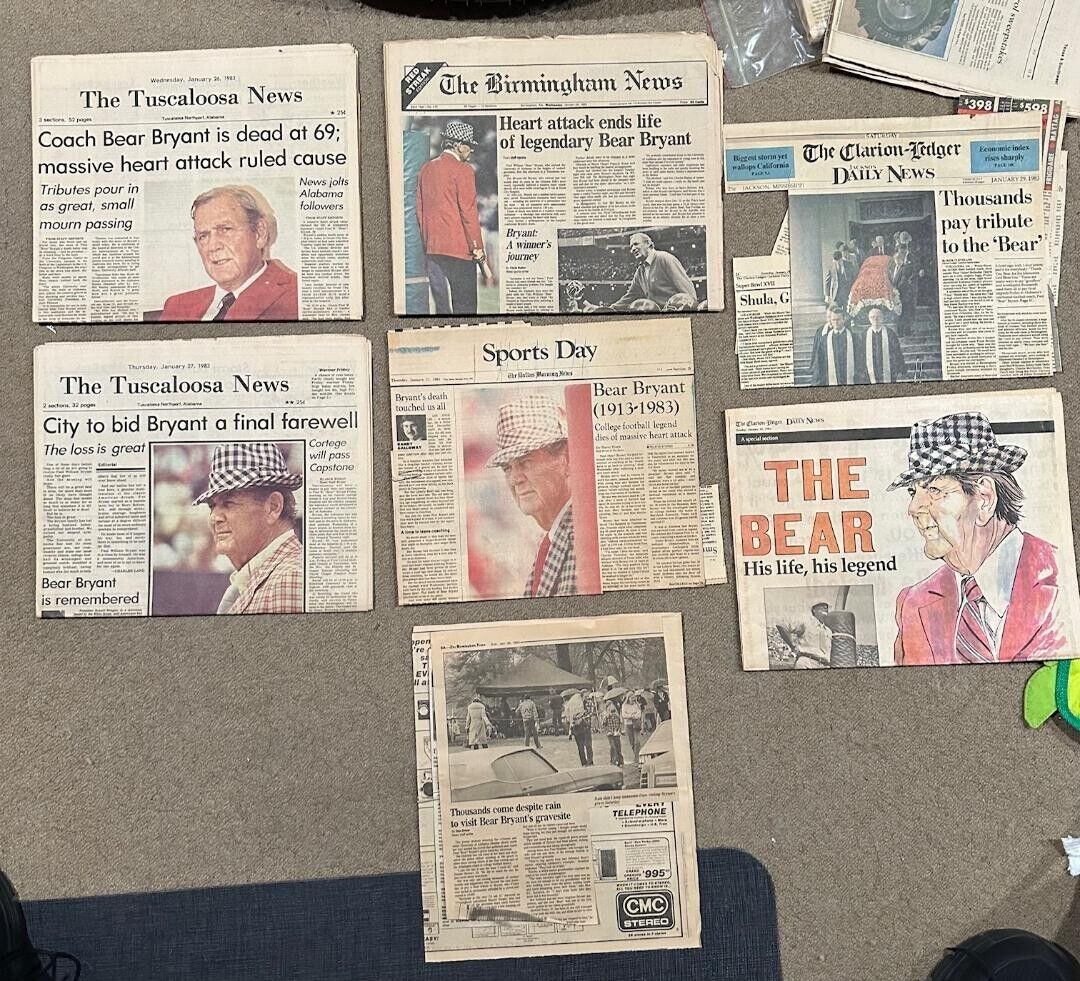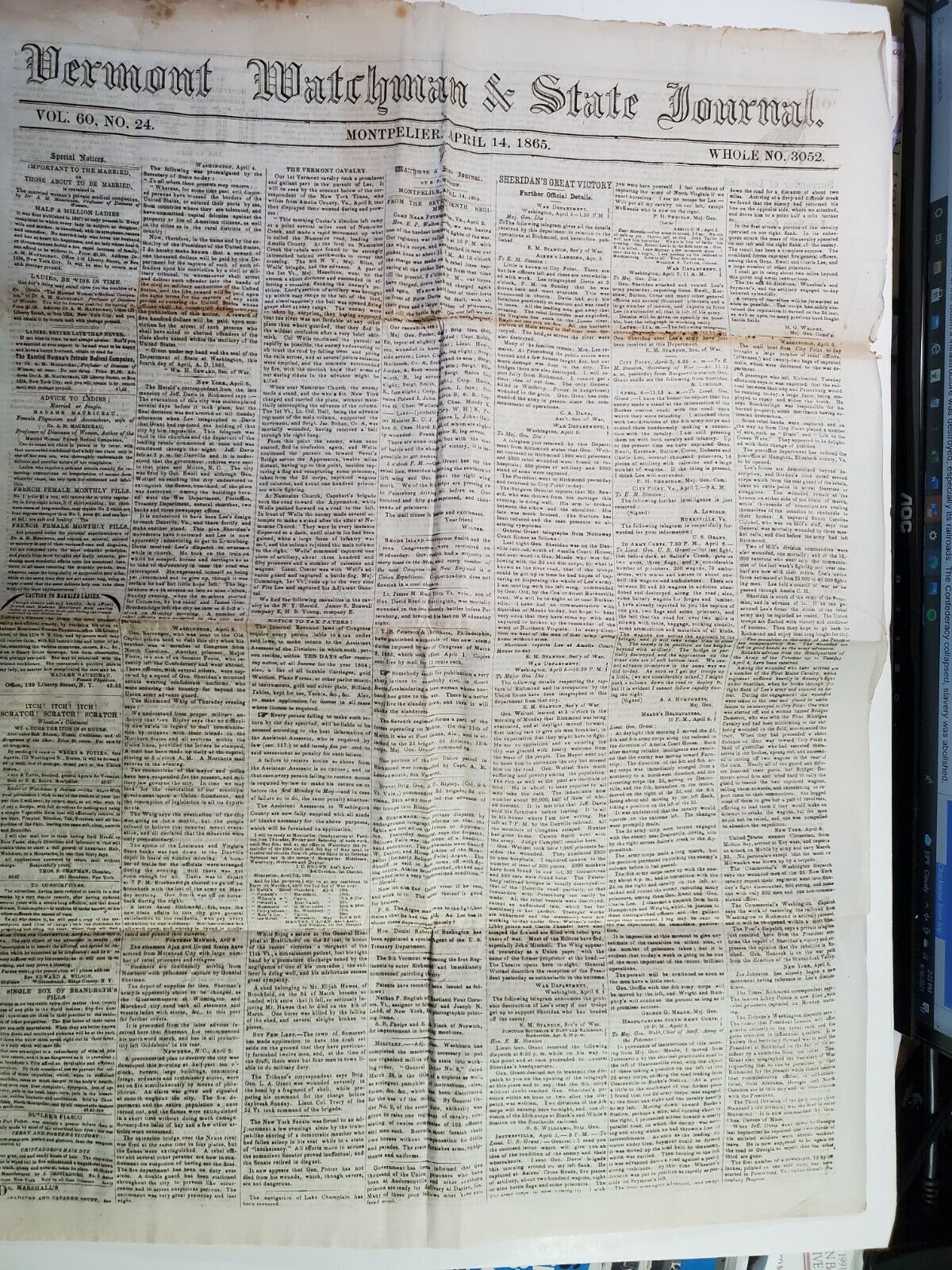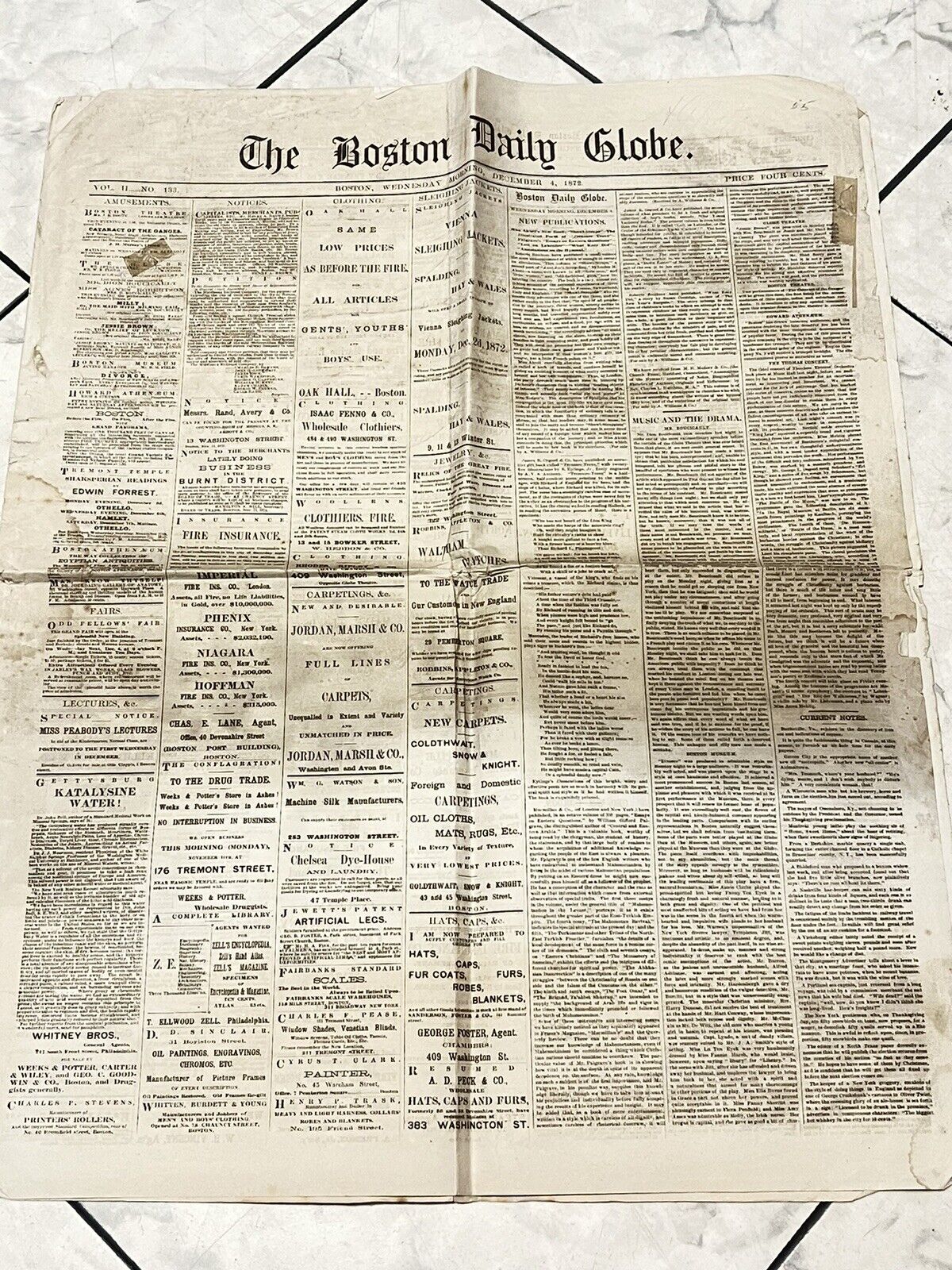-40%
1868 newspaper JESSE JAMES GANG w COLE YOUNGER robs BANK @ RUSSELLVILLE Kentucky
$ 21.12
- Description
- Size Guide
Description
1868 newspaper JESSE JAMES / COLE YOUNGER GANG robs the NIMROD LONG BANK in RUSSELLVILLE Kentucky -inv # 7S-209
Please visit our EBAY STORE for THOUSANDS of HISTORICAL NEWSPAPERS on sale or at auction.
SEE PHOTO----- COMPLETE, ORIGINAL NEWSPAPER, the
National Intelligencer
(Washington, DC) dated Mar 23, 1868.
This newspaper contains an inside page report of the
robbery of the NIMROD LONG BANK in RUSSELLVILLE, Kentucky. This was one of the earliest bank robberies by the JESSE JAMES / COLE YOUNGER GANG
of outlaws.
VERY EARLY newspaper coverage of a JESSE JAMES bank robbery by the JAMES - YOUNGER GANG.
The James
–Younger Gang was a notable 19th-century gang of American outlaws that centered around Jesse James and his brother Frank James. The gang was based in the state of Missouri, the home of most of the members.
Membership fluctuated from robbery to robbery, as the outlaws' raids were usually separated by many months. As well as the notorious James brothers, at various times it included the Younger brothers (Cole, Jim, John, and Bob), John Jarrett (married to the Youngers' sister Josie), Arthur McCoy, George Shepard, Oliver Shepard, William McDaniel, Tom McDaniel, Clell Miller, Charlie Pitts (born Samuel A. Wells),[1] and Bill Chadwell (alias Bill Stiles).
The James–Younger Gang had its origins in a group of Confederate bushwhackers that participated in the bitter partisan fighting that wracked Missouri during the American Civil War. After the war, the men continued to plunder and murder, though the motive shifted to personal profit rather than for the glory of the Confederacy. The loose association of outlaws did not truly become the "James–Younger Gang" until 1868 at the earliest, when the authorities first named Cole Younger, John Jarrett, Arthur McCoy, George Shepard and Oliver Shepard as suspects in the
robbery of the Nimrod Long bank in Russellville, Kentucky.
The James–Younger Gang dissolved in 1876, following the capture of the Younger brothers in Minnesota during the ill-fated attempt to rob the Northfield First National Bank. Three years later, Jesse James organized a new gang, including Clell Miller's brother Ed and the Ford brothers (Robert and Charles), and renewed his criminal career. This career came to an end in 1882 when Robert Ford shot James from behind, killing him.
For nearly a decade following the Civil War, the James–Younger Gang was among the most feared, most publicized, and most wanted confederations of outlaws on the American frontier. Though their crimes were reckless and brutal, many members of the gang commanded a notoriety in the public eye that earned the gang significant popular support and sympathy. The gang's activities spanned much of the central part of the country; they are suspected of having robbed banks, trains, and stagecoaches in at least ten states: Missouri, Kentucky, Iowa, Kansas, Minnesota, Texas, Arkansas, Louisiana, Alabama, and West Virginia.
On March 20, 1868 six members of the James-Younger Gang rode into the town of Russellville, Kentucky. Just outside of town was a seventh (and possibly an eighth) member of the gang, kind of a "reserve" member. The six men rode to the Nimrod Long Banking Company. Four of the men dismounted while the other two stayed mounted on their horses in front of the bank. The two men mounted on their horses outside were George and Oliver Shepard. Three of the four dismounted men, Jesse and Frank James and Cole Younger, entered the bank. The fourth dismounted man, John Jarrette, walked to the back door of the bank. Three bank employees were inside, Bank President Nimrod Long, Clerk Hugh Barclay, and Cashier T. H. Simmons. Simmons and Barclay were in the back of the bank eating a meal. Long was at the bank's counter. Cole walked up to the counter and asked Long to change a 50 dollar bill. Long told Cole he thought the bill was a counterfeit. Cole then drew his pistol, as did Jesse and Frank. Cole told Long to give him all the money in the bank. Long made a dash from Cole. He ran to the back door, where Jarrette was at. As Long reached the door, Jarrette stepped inside and pulled his pistol. Just as Long ran past him, Jarrette fired. The bullet hit Long's scalp and Long dropped to the ground. Jarrette thought he was down for good, so he entered the bank. Long was not down, so he got back up and ran out the door. Outside, he saw the two Shepards. Oliver and George took out their pistols and shot several times at Long, all of their shots missing. Long then ran to safety. By now, the men inside the bank found Simmons and Barclay in the back of the bank. They held them at gunpoint and forced them to put money into wheat sacks. After the wheat sacks were full, the four robbers left the bank and mounted their horses. As the six outlaws began riding out of town, firing their guns in the air, a young citizen named O. C. "Matt" Owens, ran after them with a rifle. He fired a shot at them, but missed. One of the six outlaws then turned towards Owens and shot at him. The outlaw's bullet hit Owens in the side, but didn't kill him. The six outlaws then rode out of town and met up with Arthur McCoy (and possibly Jim White), their backup member(s). The seven then rode away. Not long after that, Detectives D. T. "Yankee" Bligh and John Gallagher were hired for the first of many times to capture the gang. They soon captured George Shepard and killed Oliver Shepard when he resisted arrest. George would go to jail for three years. John Jarrette was soon after killed in a house fire, set by unknown men.
Very good condition. This listing includes the complete entire original newspaper, NOT just a clipping or a page of it. STEPHEN A. GOLDMAN HISTORICAL NEWSPAPERS stands behind all of the items that we sell with a no questions asked, money back guarantee. Every item we sell is an original newspaper printed on the date indicated at the beginning of its description. U.S. buyers pay priority mail postage which includes waterproof plastic and a heavy cardboard flat to protect your purchase from damage in the mail. International postage is quoted when we are informed as to where the package is to be sent. We do combine postage (to reduce postage costs) for multiple purchases sent in the same package.
We list thousands of rare newspapers with dates from 1570 through 2004 on Ebay each week. This is truly SIX CENTURIES OF HISTORY that YOU CAN OWN!
Stephen A. Goldman Historical Newspapers has been in the business of buying and selling historical newspapers for over 45 years. Dr. Goldman is a consultant to the Freedom Forum Newseum and a member of the American Antiquarian Society. You can buy with confidence from us, knowing that we stand behind all of our historical items with a 100% money back guarantee. Let our 45+ years of experience work for YOU ! We have hundreds of thousands of historical newspapers (and their very early precursors) for sale.


